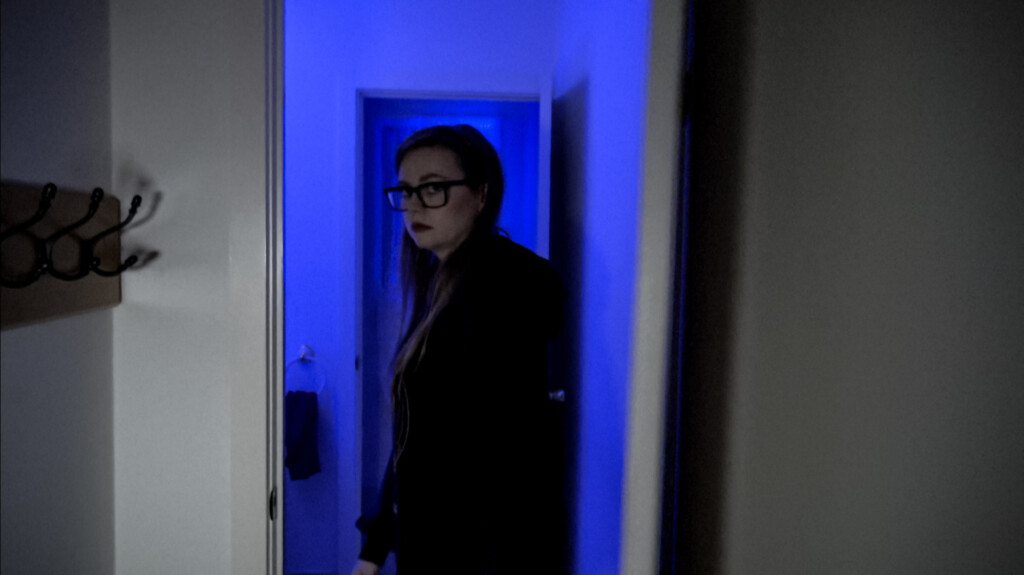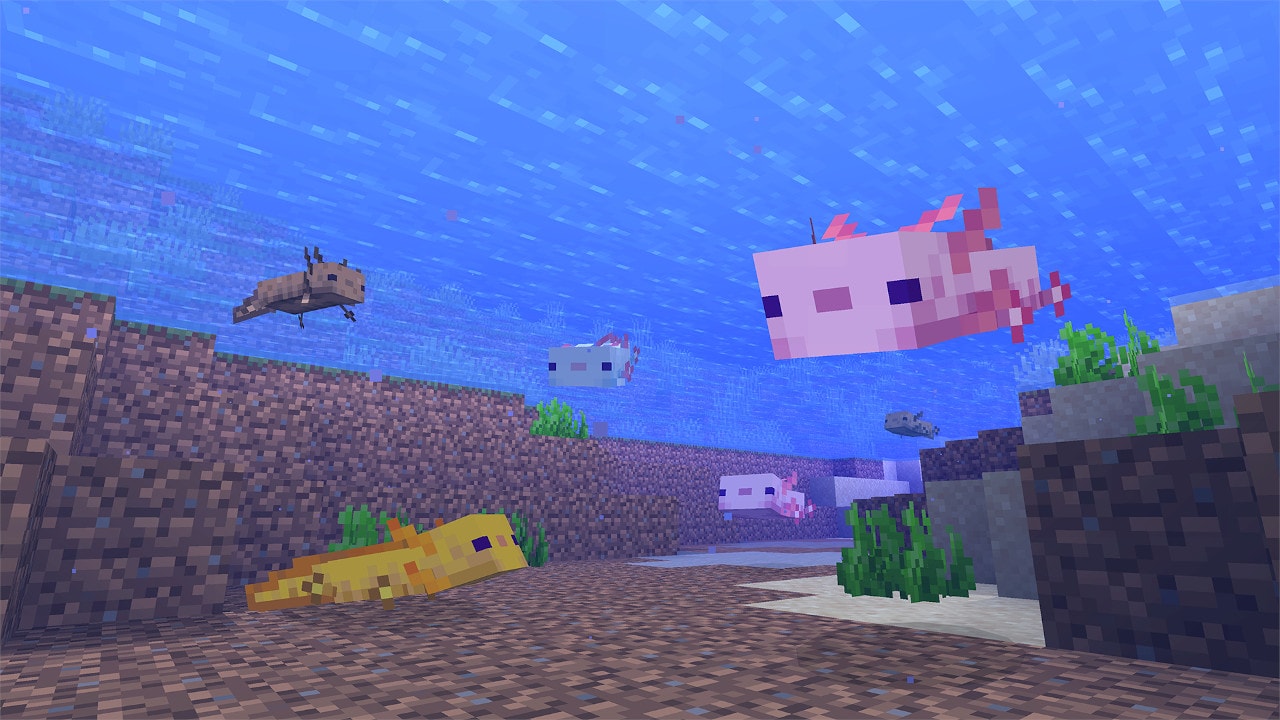

Some can take in a lot of stimulation before they top out and become distressed. Babies have their own individual ways of responding to stimulation-light, sound, touch, activity. What happened? It may be that your baby reached his limit for stimulation and was telling you he needed a break. It’s not uncommon to wonder: We were having so much fun a minute ago, and now he’s crying. Parents may find themselves confused about their babies’ responses as they play. This makes your baby a good thinker and problem-solver. Exploring objects with eyes, and later hands and mouth, also helps babies discover how different objects work and what they do. You can bring the objects close so your baby can touch them and begin to learn about how different objects feel. When your baby gets just a little older, she will probably take the lead-grabbing the book and gumming it-while you ask her how it tastes! Offer interesting objects to touch. Read to your baby or just let her gaze at the pictures. Make everyday routines playful.įor example, you can add a massage for your baby after baths or before bedtime, which helps him feel bonded to you and also helps him understand that his body belongs to him (body awareness). And your child will also discover that making noise is just plain fun.

This helps her understand cause-and-effect. Over the next couple of weeks, she will connect the act of kicking with the sounds the mobile makes when struck. Place your baby so that she can kick or hit at a mobile or rattle. This is called tracking and is one of the first ways that young babies explore the world while building their visual skills. You will see that as you move an interesting object slowly from side to side, your baby will follow it with his eyes. What are some fun ways to interact with your baby in the early months? Offer interesting objects for your baby to look at. Loving and playful experiences like these help your baby learn. At this age, play is not just about toys, it’s about back-and-forth interactions-anything from singing a song to your baby as you change his diaper, to cooing and smiling back and forth with him. While they don’t “play” in the way that we often think of-pushing trains around a track or feeding a baby doll-they are eager to explore the objects and interact with the people they see everyday.
#How do you do the baby blue game professional



 0 kommentar(er)
0 kommentar(er)
